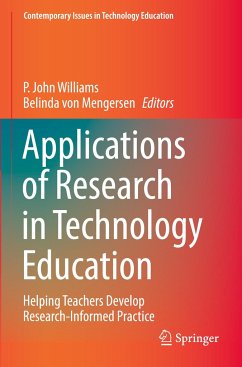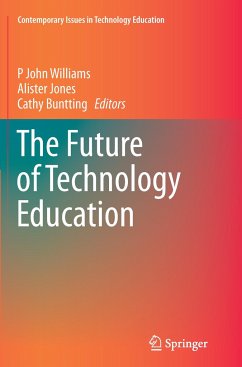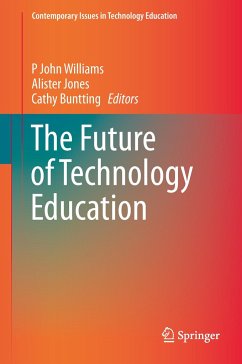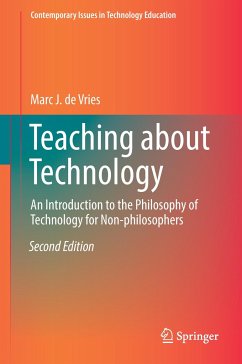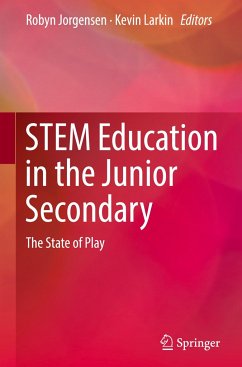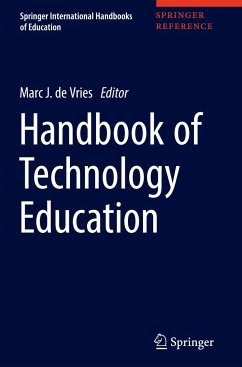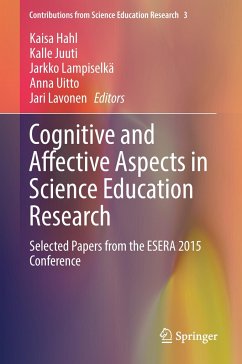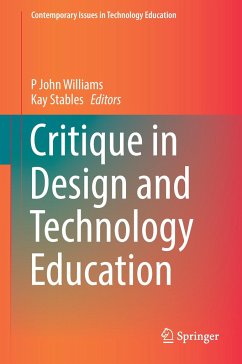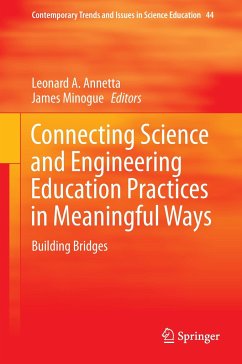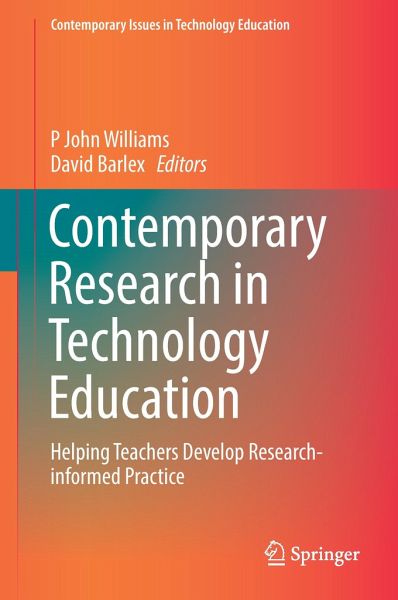
Contemporary Research in Technology Education
Helping Teachers Develop Research-informed Practice
Herausgegeben: Williams, P. John; Barlex, David

PAYBACK Punkte
49 °P sammeln!
This book provides an overview of contemporary postgraduate research in Technology Education, bringing recent research on technology education to the attention of teachers so that they can use the findings to inform their practice, while also informing the education research community about studies being carried out in the field of Technology Education.The book brings together significant international research on Technology Education by focusing on contemporary PhD theses. While the conceptual underpinnings of each research project are explained, the focus is on elaborating the findings in wa...
This book provides an overview of contemporary postgraduate research in Technology Education, bringing recent research on technology education to the attention of teachers so that they can use the findings to inform their practice, while also informing the education research community about studies being carried out in the field of Technology Education.
The book brings together significant international research on Technology Education by focusing on contemporary PhD theses. While the conceptual underpinnings of each research project are explained, the focus is on elaborating the findings in ways that are relevant for practitioners. The book features contributions from doctoral students who completed their research in 2013. Each chapter employs a similar structure, with a focus on what the research means for classroom teachers. The book offers a valuable resource for researchers, teachers and potential researchers, with suggestions for further study. Eachchapter also includes references to the digital edition of the respective full thesis, allowing readers to consult the research in detail if necessary.
The book brings together significant international research on Technology Education by focusing on contemporary PhD theses. While the conceptual underpinnings of each research project are explained, the focus is on elaborating the findings in ways that are relevant for practitioners. The book features contributions from doctoral students who completed their research in 2013. Each chapter employs a similar structure, with a focus on what the research means for classroom teachers. The book offers a valuable resource for researchers, teachers and potential researchers, with suggestions for further study. Eachchapter also includes references to the digital edition of the respective full thesis, allowing readers to consult the research in detail if necessary.



